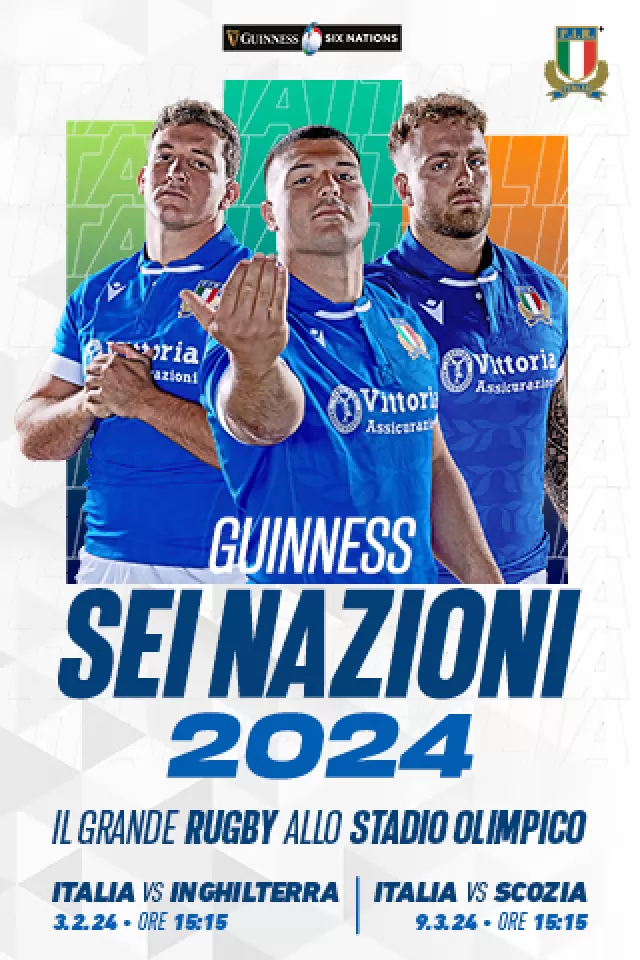The German expressionists look dated and dull
In its own time, a brief period which began before world war one, German Expressionism seemed daring and exciting. It grew out of late Impressionism and an impatience with academic tradition. It was politically rebellious.
While Max Slevogt and Lovis Corinth, so liked by our present-day Twombly, were still weaving their luminous, drippy, late impressionist imagery almost close to action painting two groups of wild-eyed young men and women gathered in two artistic centres in Germany. Die Bruecke people associated in Dresden in 1905; Der blaue Reiter came together in Munich in 1912. Both lasted into the 1920s, into Bauhaus abstraction and into the Neue Sachlichkeit, a smooth, sober new realism.
The new young painters, trying to get back to basics, distinguished themselves for willful wrong colour, for strong vigorous line. Patches and lakes of paint lilac against green in the flesh tones, bloody reds in flowers, sulphur yellows glimmering over land and sky were contained and accented by vigorous strokes of black, relentlessly awkward and splintery as if made by a broomstick. In nudes, in portraits, in nooks and landscapes, the mood was that of fierce fairytales in northern woods, of carnivals in winter, of drama, of anxiety before a war, but also of simple brave childhood. Child art and the brutal directness of African tribal art were posed against the old conventions of fluidity. The new art was harsh but bracing.
The show at the Vittoriano is no exception to the other German expressionist shows here in Rome over the years. It needs years of preparation to forge an explicit show on a movement, and here some omissions are unforgiveable. Where are Beckmann, Campendonk and Masereel for instance? It is not made at all clear how Klee, Dix and the gentle Macke fit in here. Alas, like all these shows, this one too seems to be governed by the law of availability. And why, despite all the boldness in the work and in the colour, is the general display so lackluster?
However, this by no means excludes sudden surprises, insightful work and small masterpieces.
Gabriele Muenter, Kandinskys companion, is shown in several memorable canvases. While her male friends indulged in generalisations, she quietly put the new style to use for her intimate private views of summer holidays outdoors and indoors, descriptions, in personal objects and gardens.
Paula Modersohn- Becker, friend of Rilke and other Paris intellectuals, has long been popular in Germany for her plain and touching portraits of peasant women and their children. Here, several mothers and kids stare out at you mildly from potato fields under overcast skies.
Alexej von Jawlensky, Russia-born, uses his black line and glowing colour to make seemingly gawky but strong images similar to byzantine icons. Hardly ever presented well, his heads of exotic women, in broody strong surrounds, have always been attractive in expressionist shows. Here a small landscape, Wasserburg of 1907, is one of the jewels of the show.
The scarce few oils of the painter Christian Rohlfs are so glistening, so loose and painterly it makes you cry out for more.
Of course the real great master here is Emil Nolde. He is older, faster, nobler. He is one of the greatest watercolourists of all time. Here there are oils and woodcuts of his, but far too few. The lake view Binnensee in oils is alive with stringing splashes of lemon yellows and deep prussian blues.
There are of course Franz Marc with his docile animals in woods, the very good Kirchner, Heckel, Pechstein, Schmidt-Rottluff and other pungent exponents. But what happens here is what happens in all these helter skelter German expressionist shows. One longs for the French expressionists, the Fauves, of the same period. They too operated before world war one, they too broke with bourgeois tradition and academicism, their colour too was purposely raw and bright, they too used that terribly black line to surround it. And they also were once quite disturbing. But their wildness was entirely different. The Germans were steeped in emotions, old northern fables, mystery and sentiment. Their brooding brought forth forced hothouse colour. By contrast the Fauves colour is pure and natural, like fruit. Their daylight and elegance have become real and lasting. The German paintings, so nocturnal, today often look like period pieces.
Gli Espressionisti 1905-1920. Complesso del Vittoriano,
Via di S. Pietro in Carcere, tel. 066780664. Mon-Thurs 09.30-19.30.
Fri and Sat 09.30-23.30. Sun 09.30-20.30. Until 2 Feb.





















